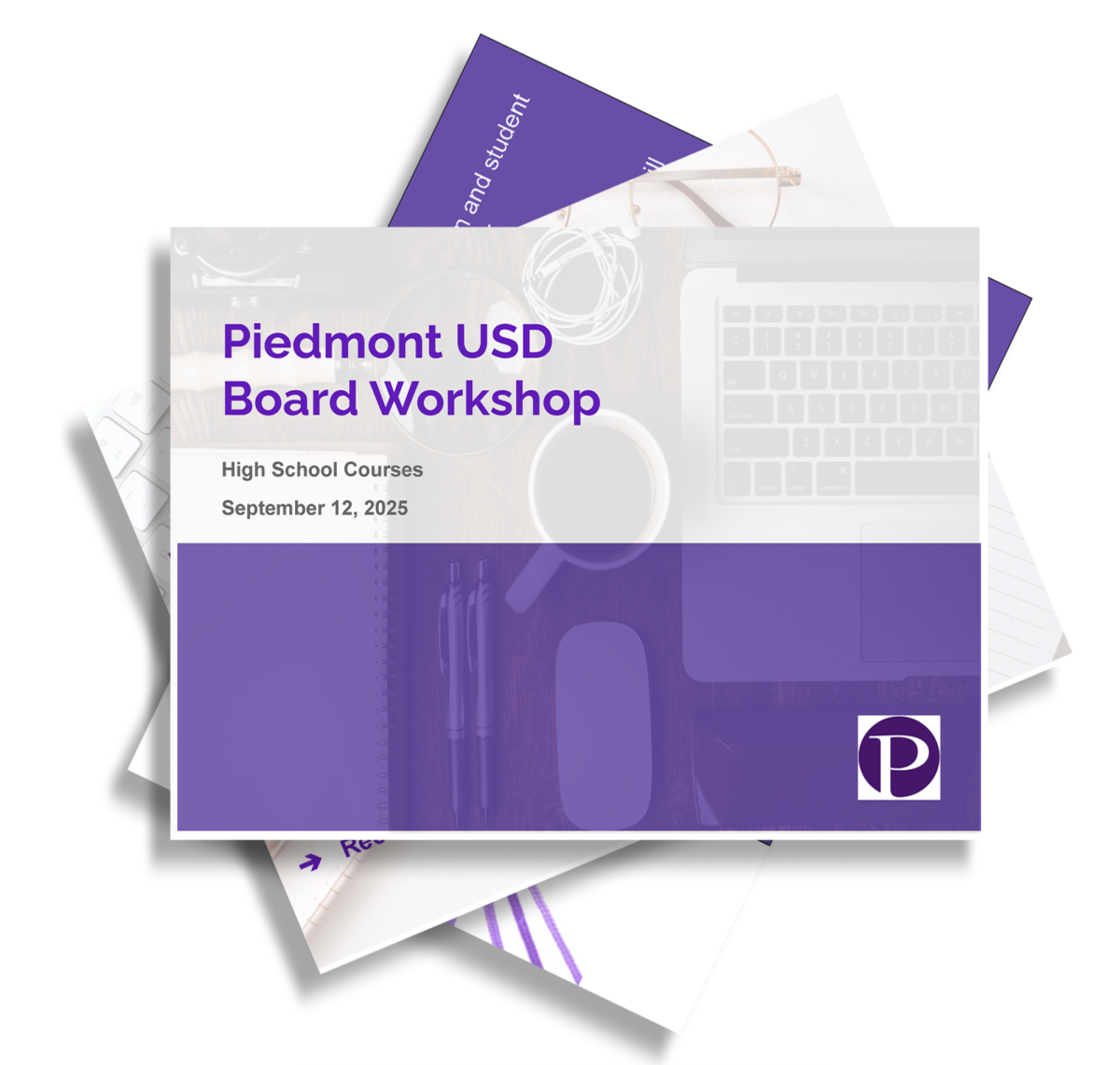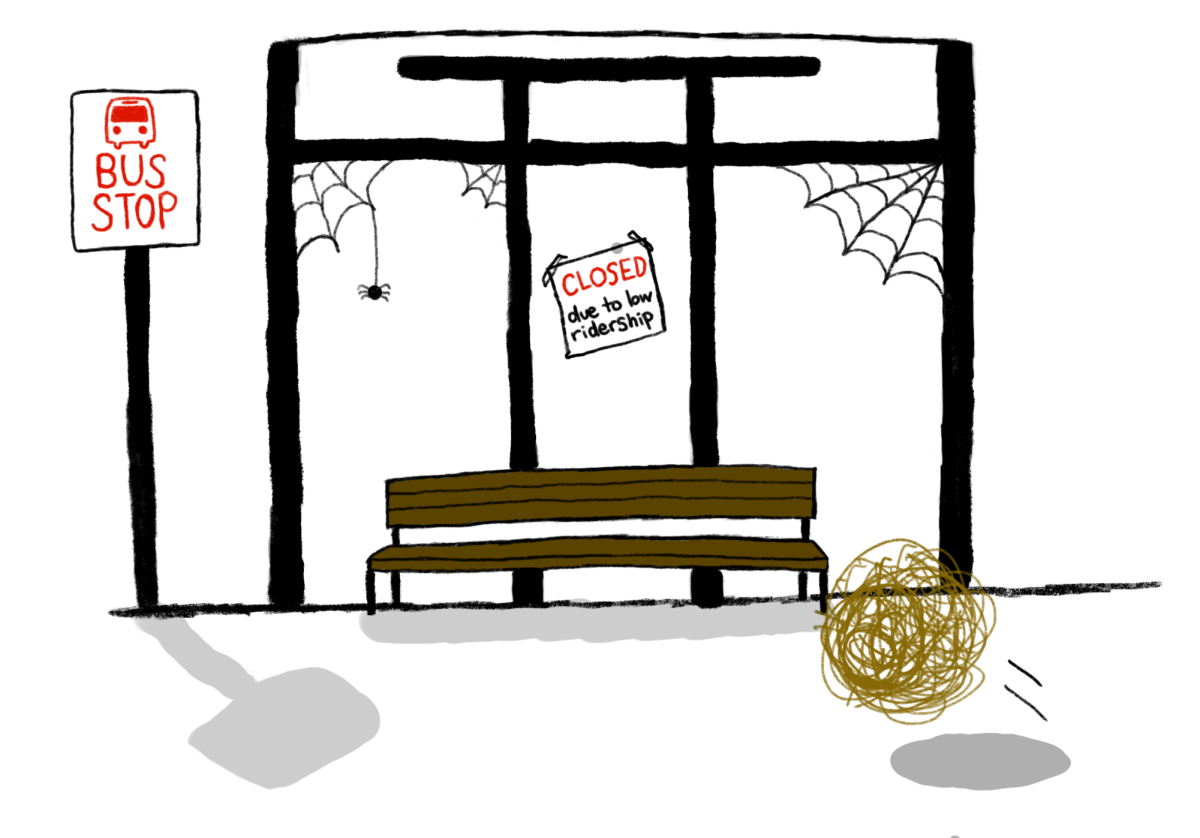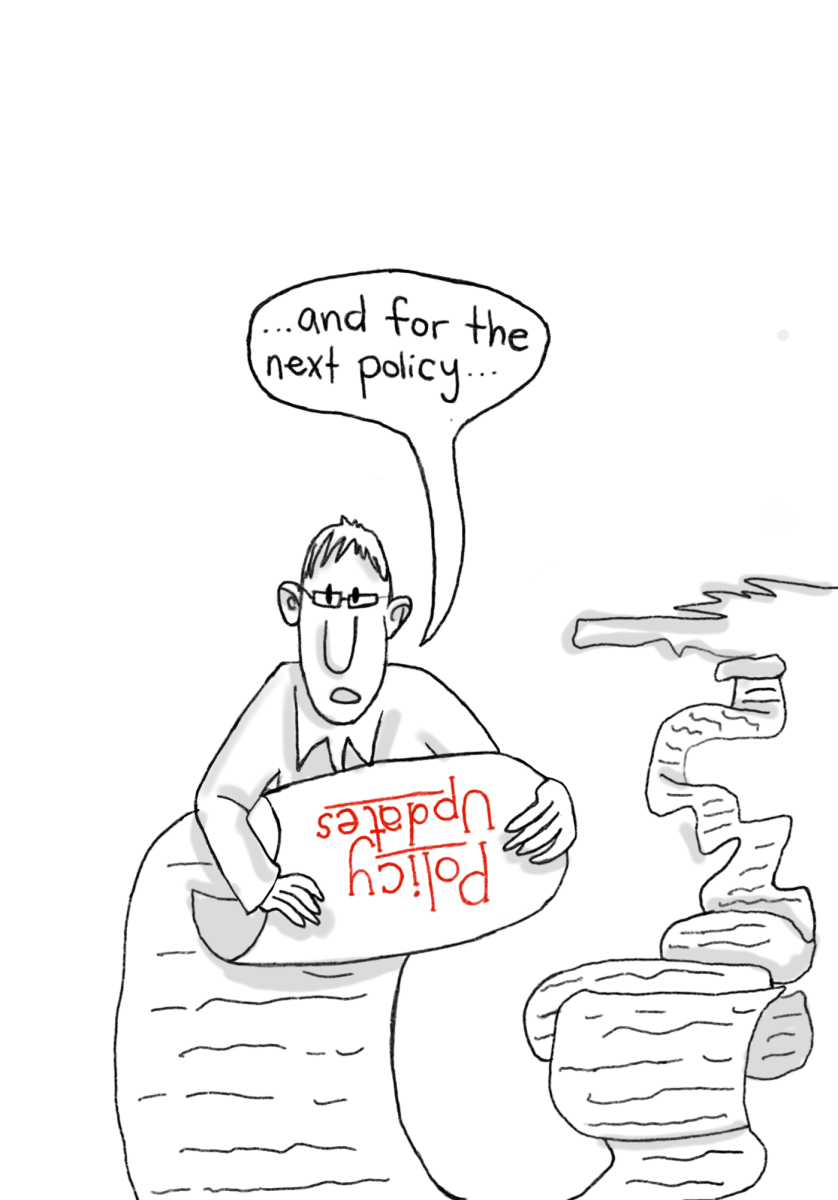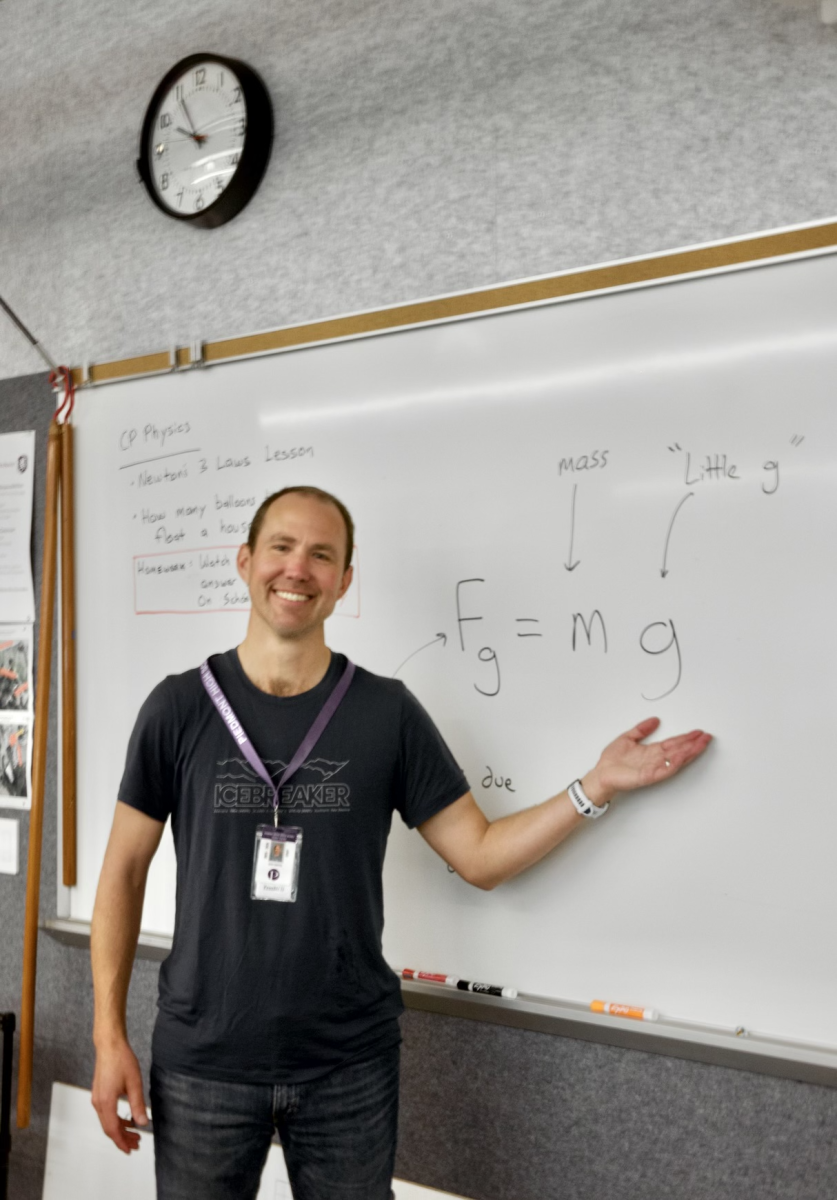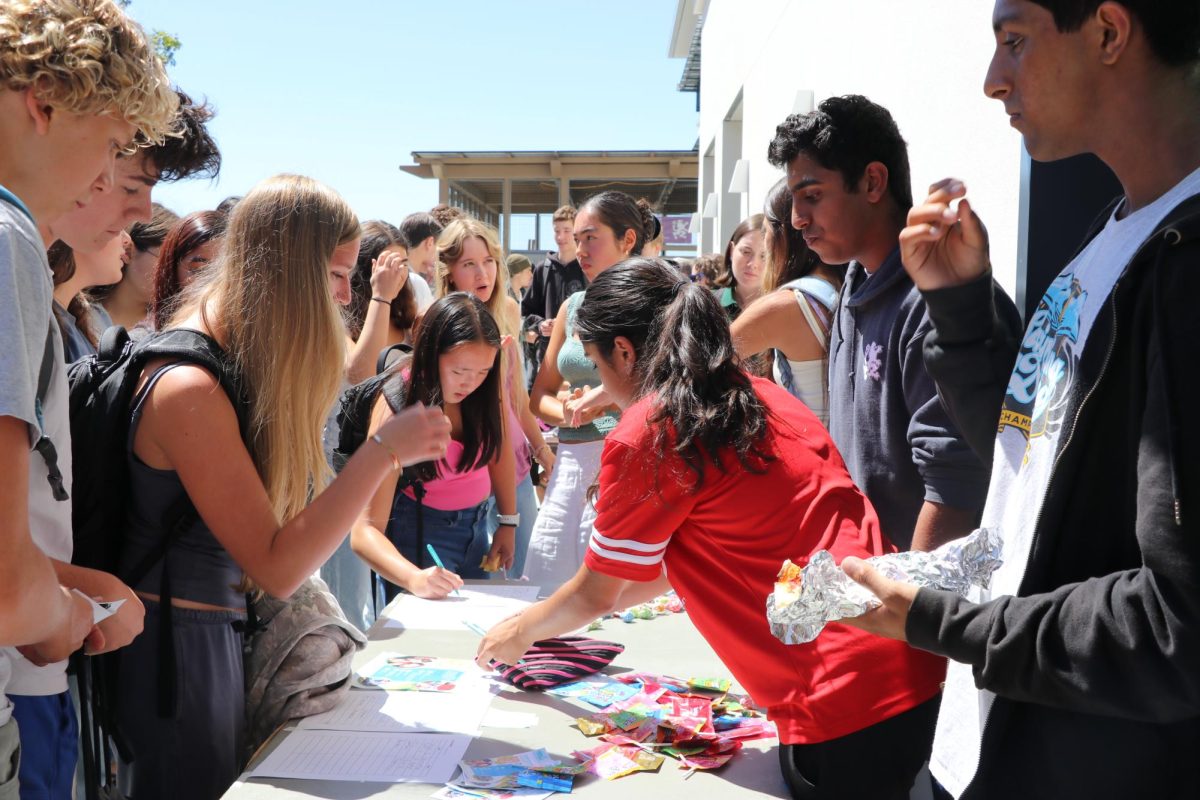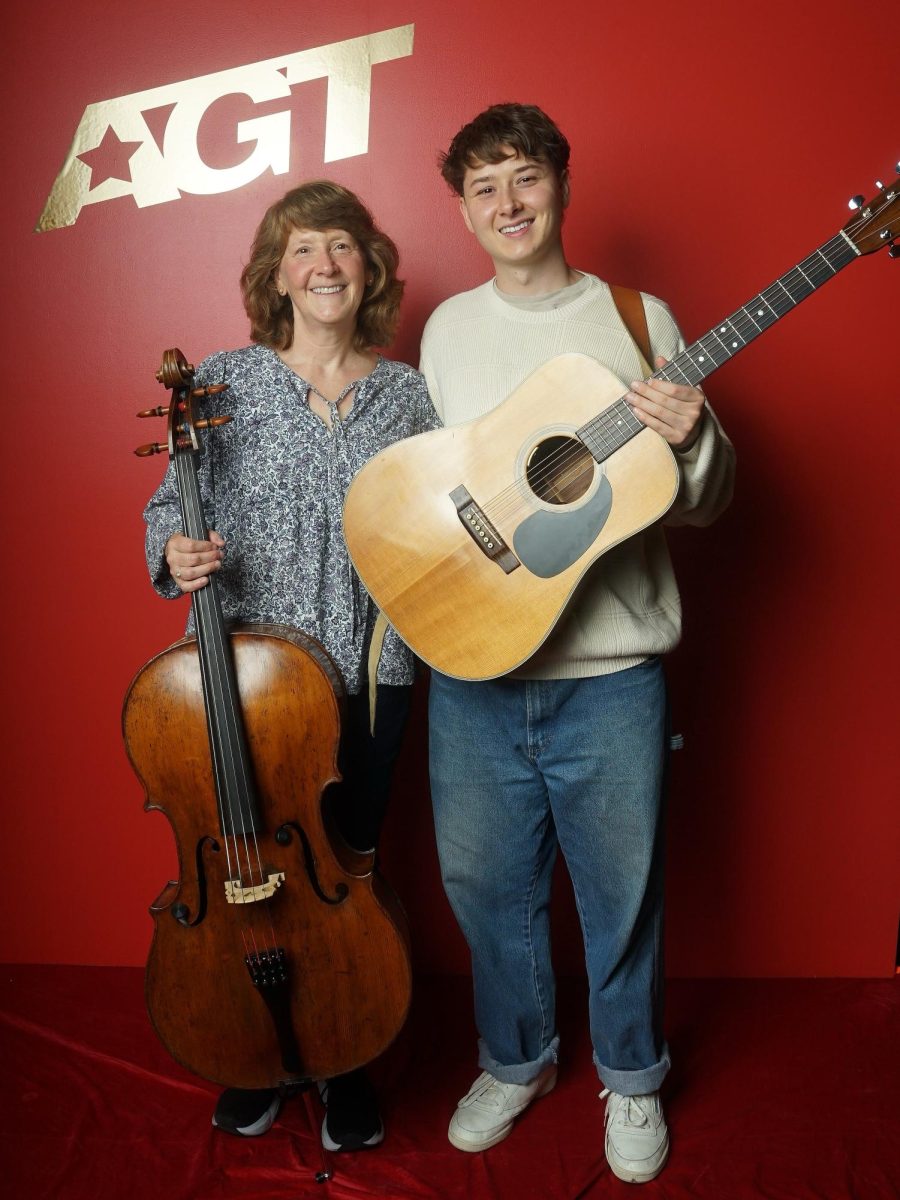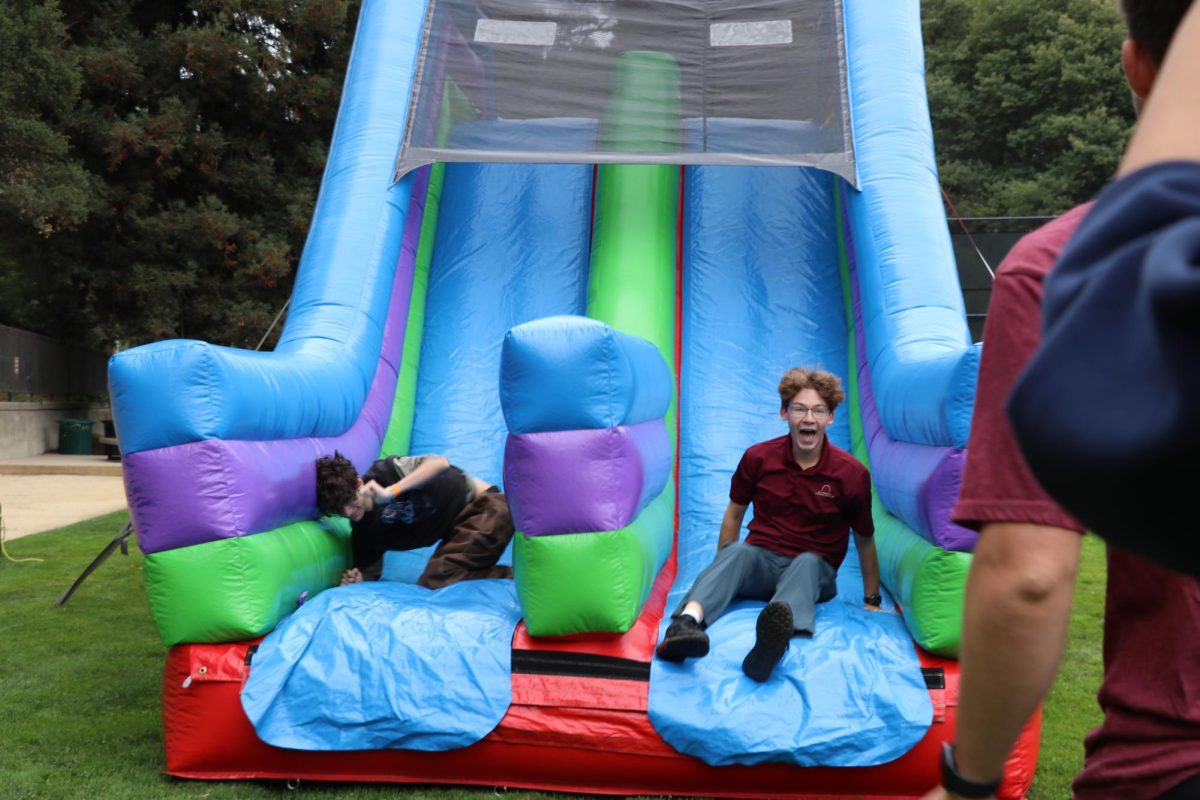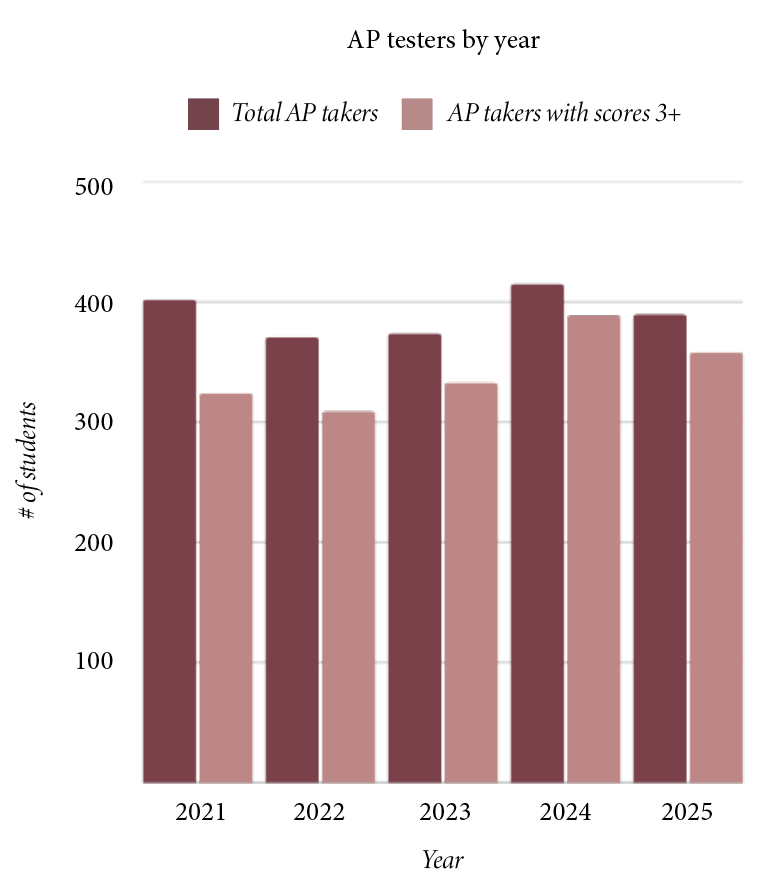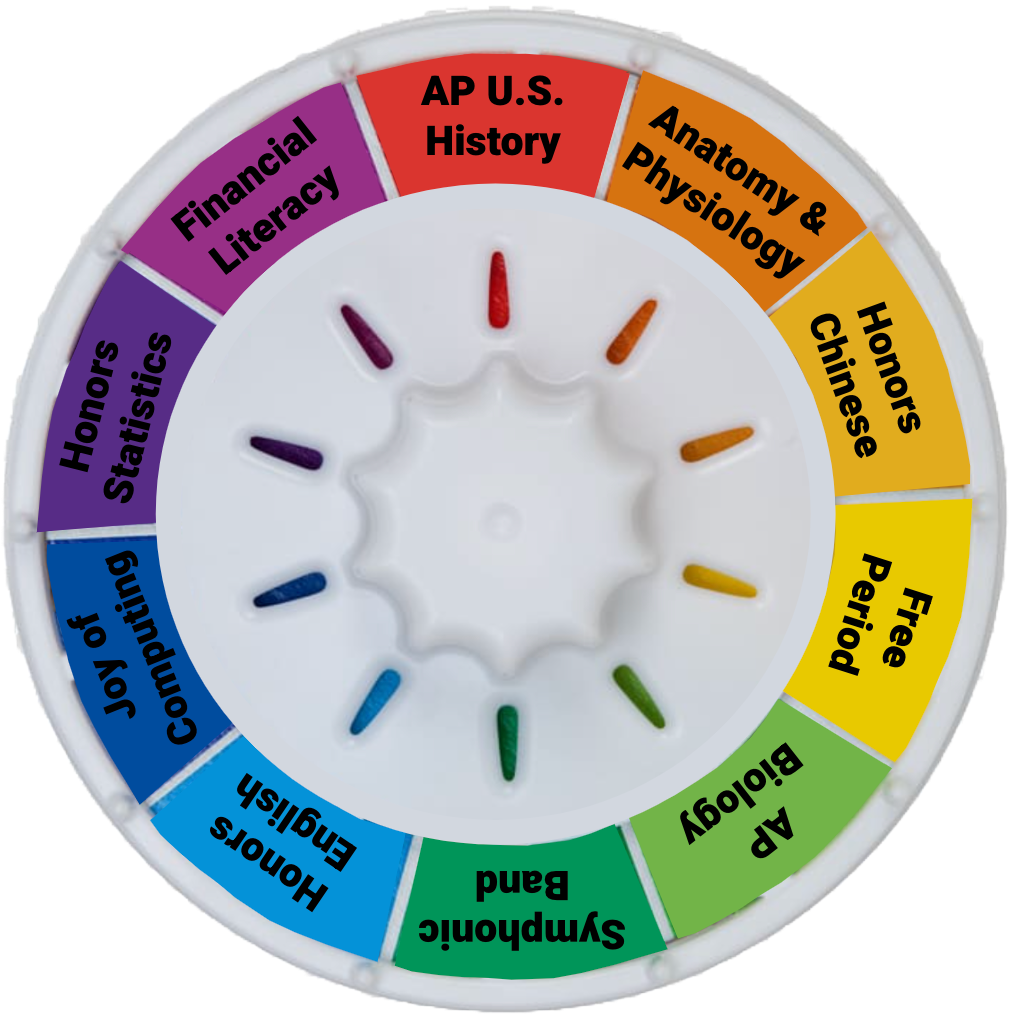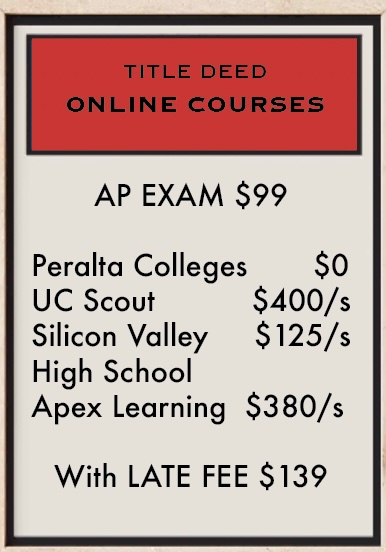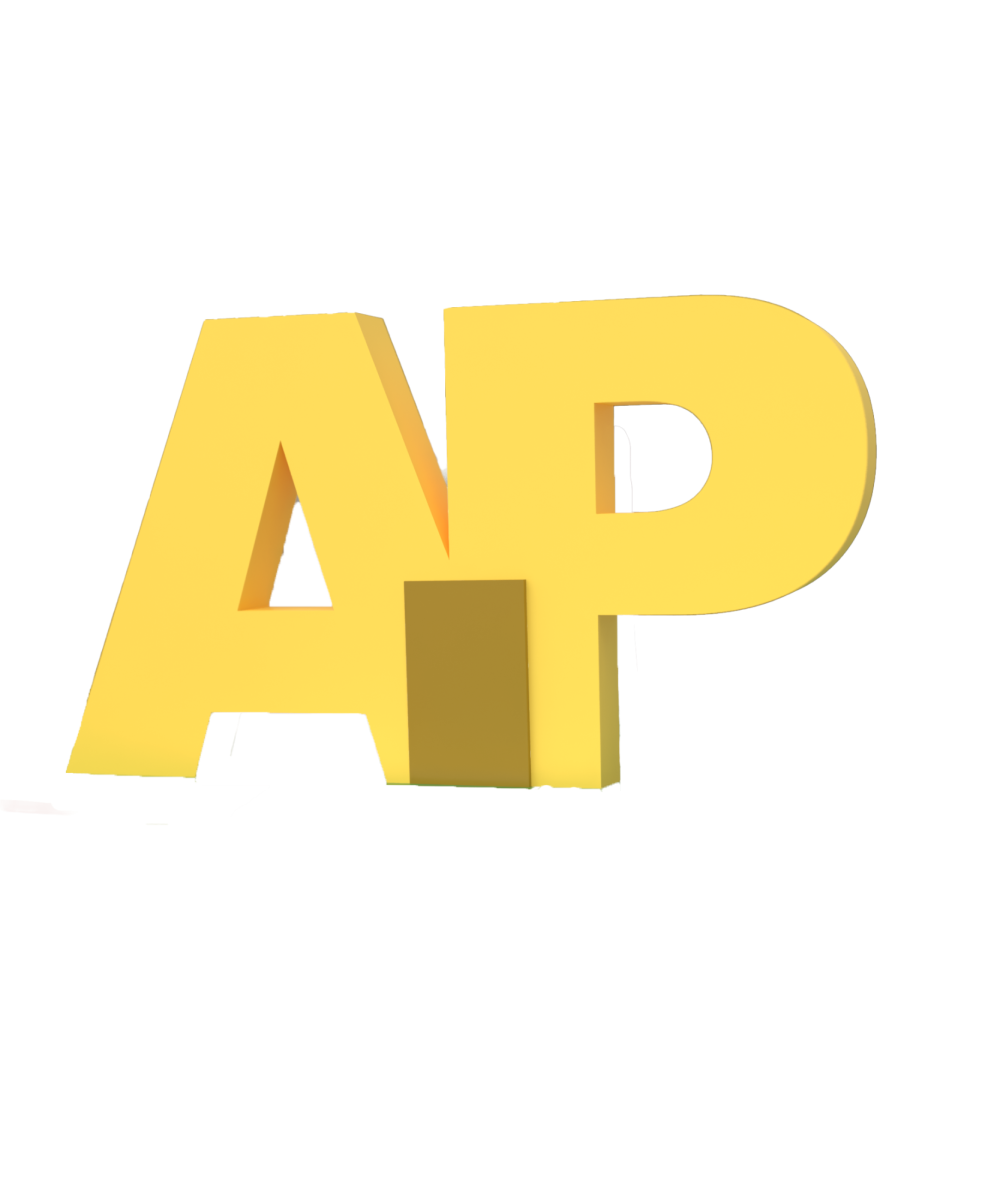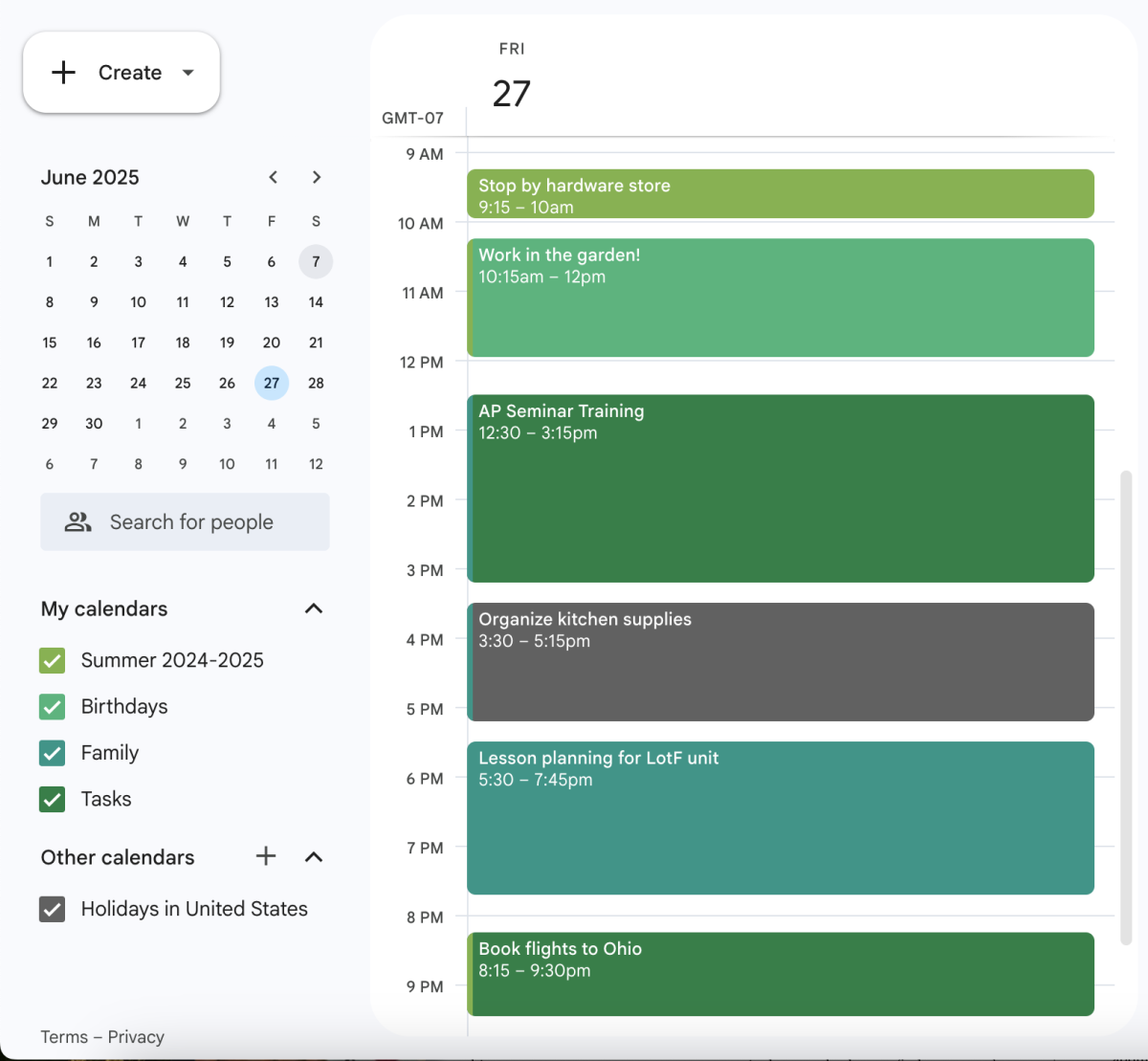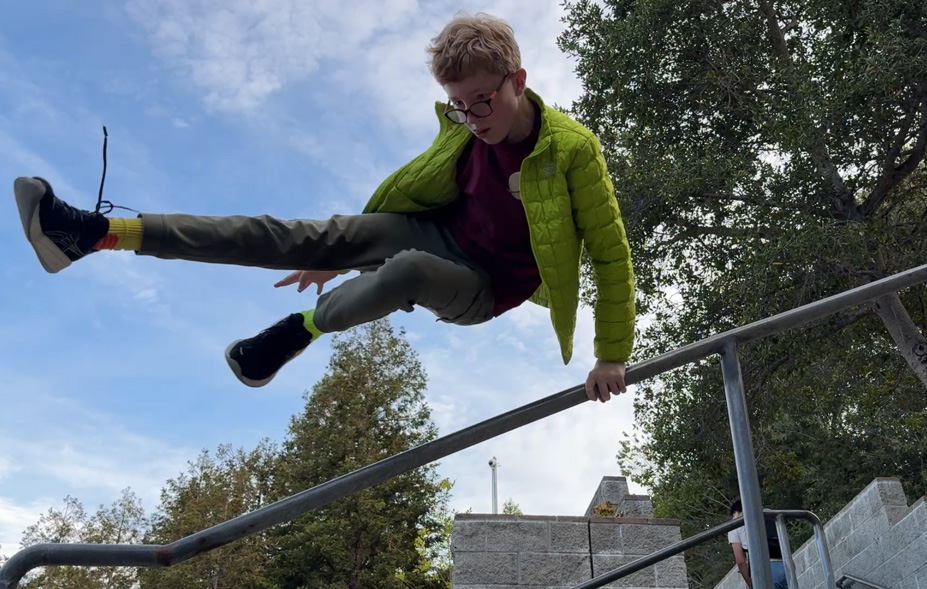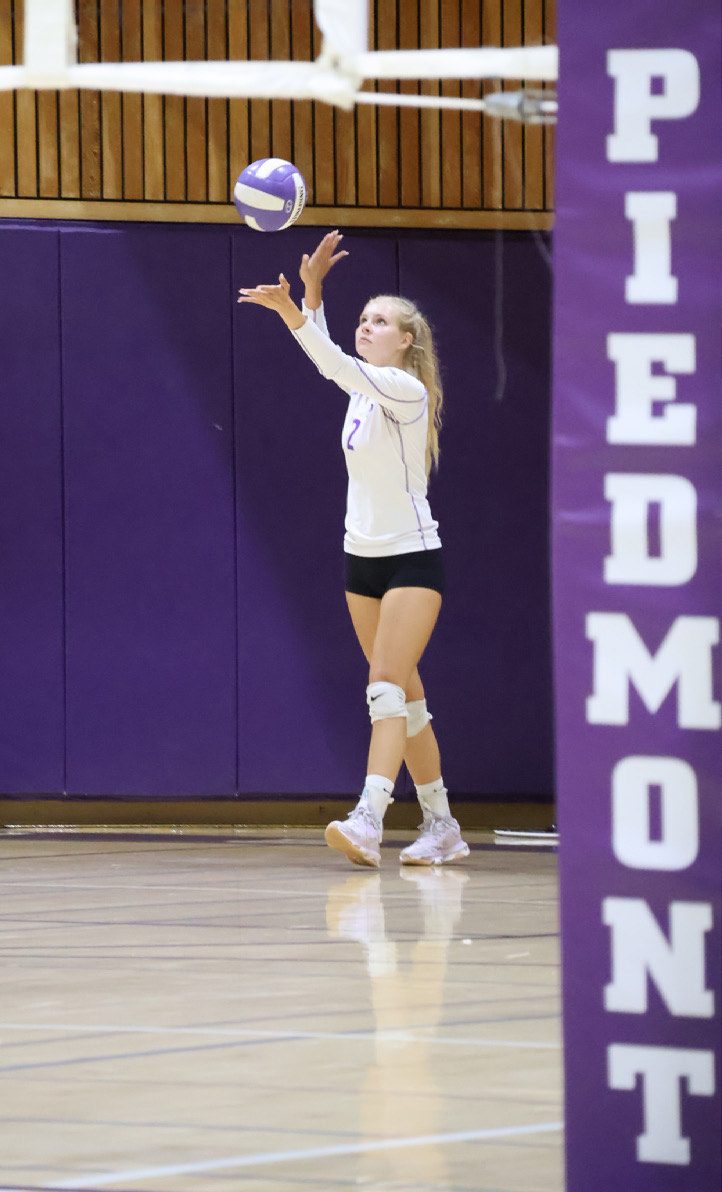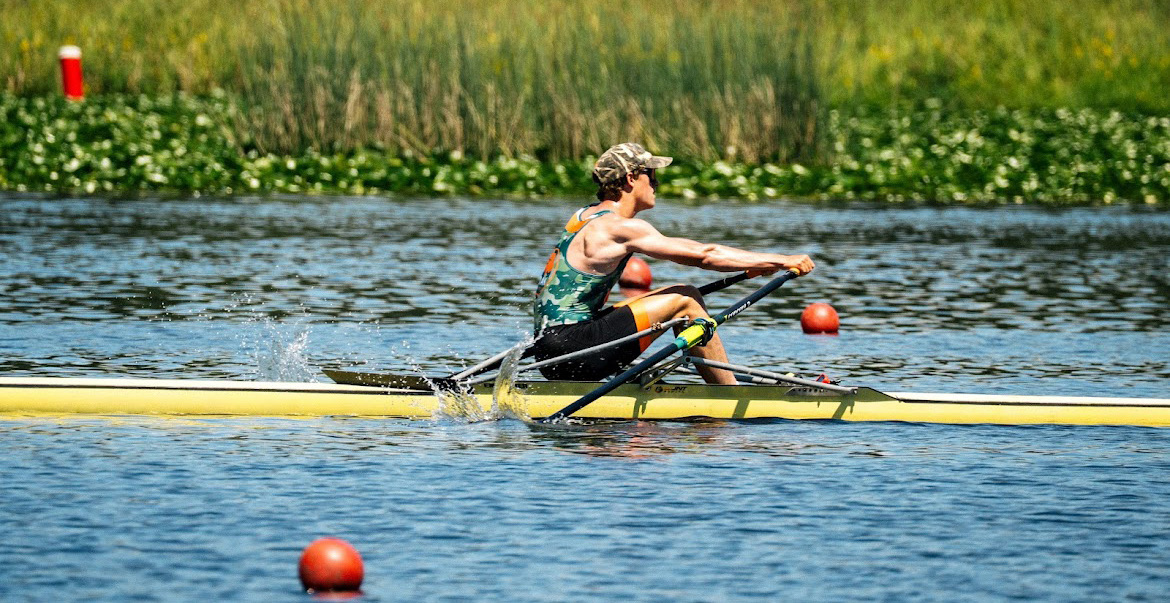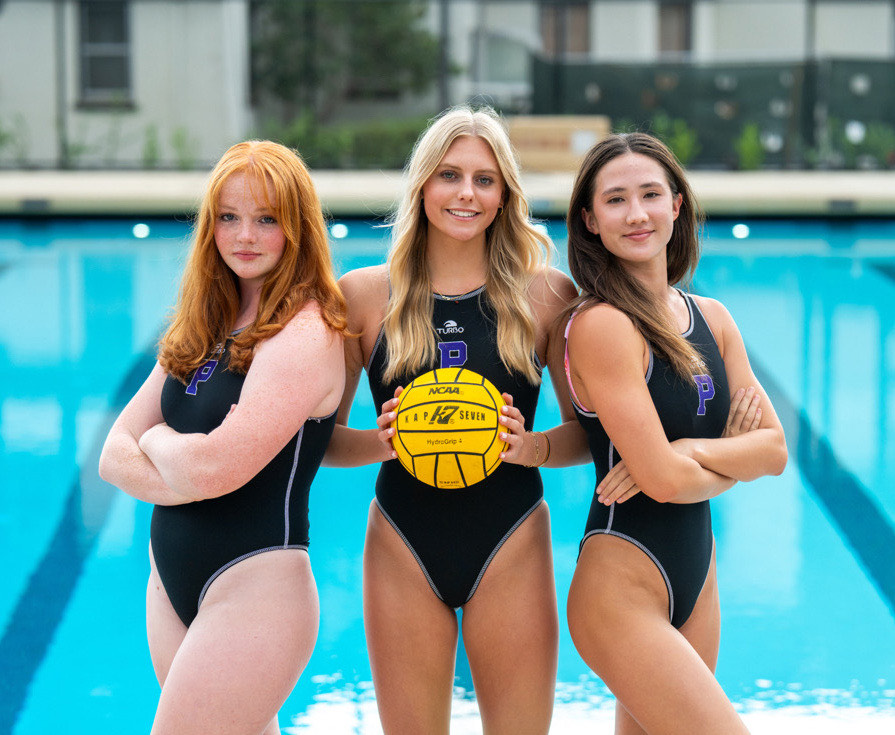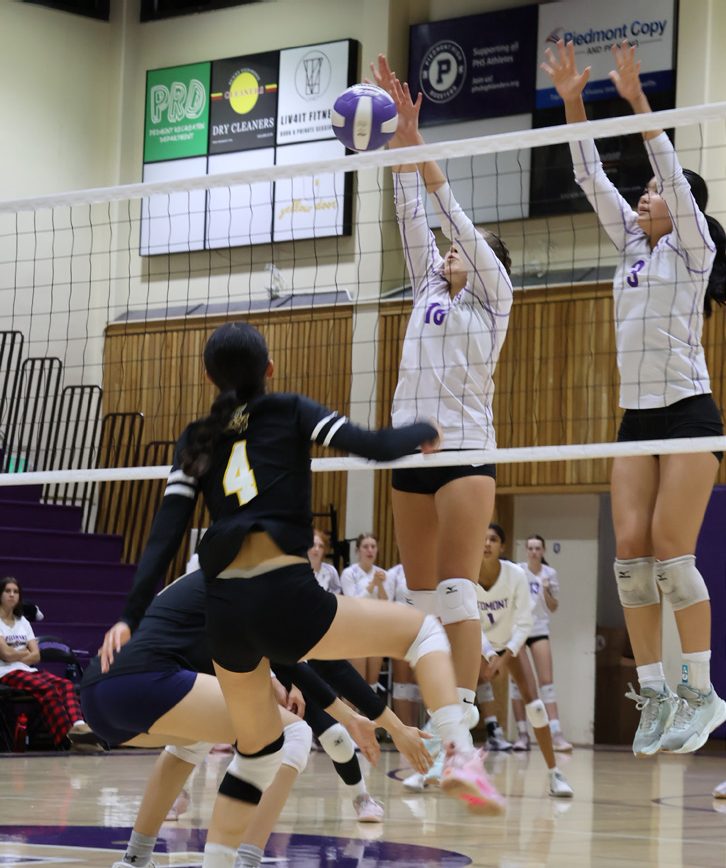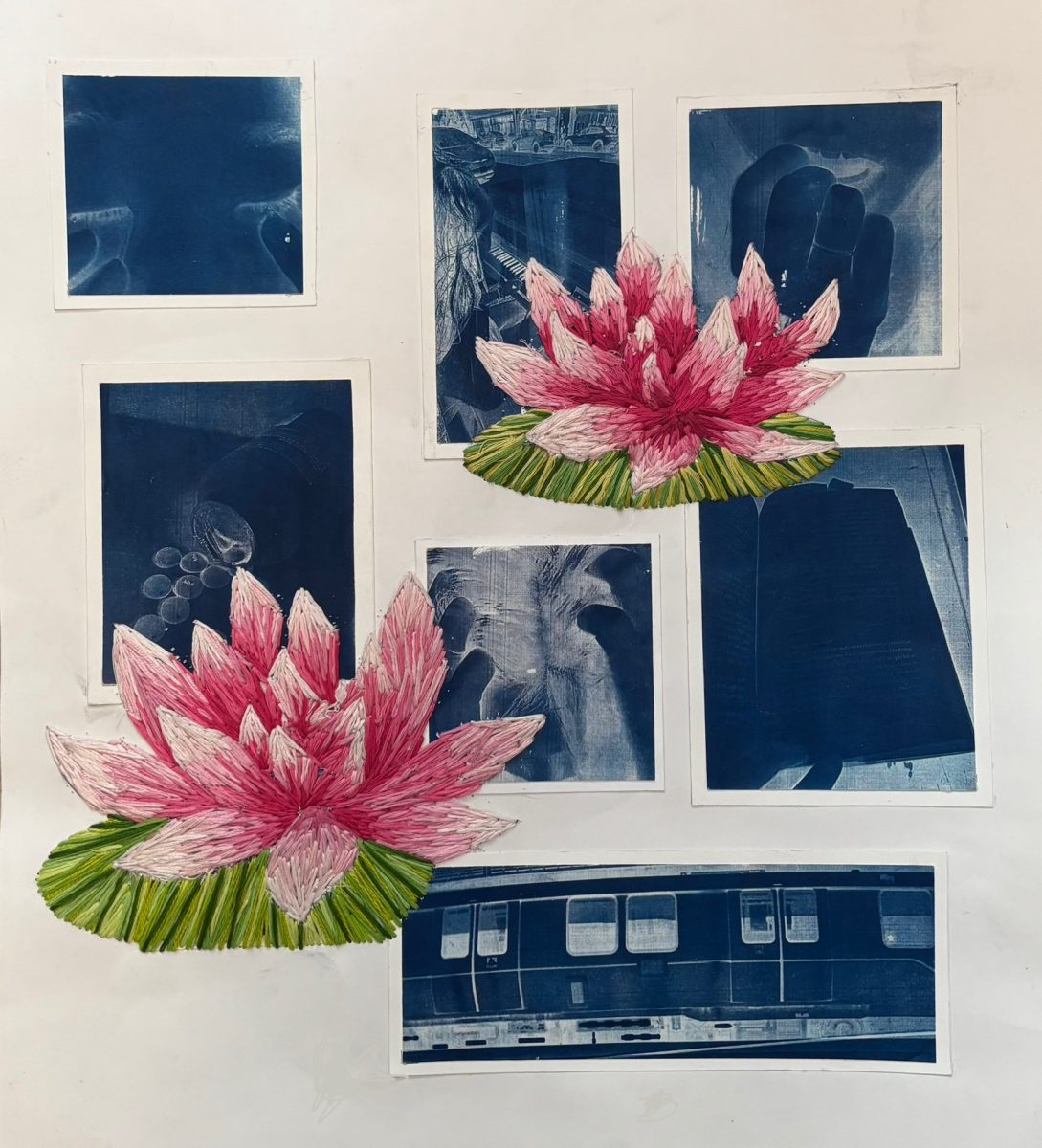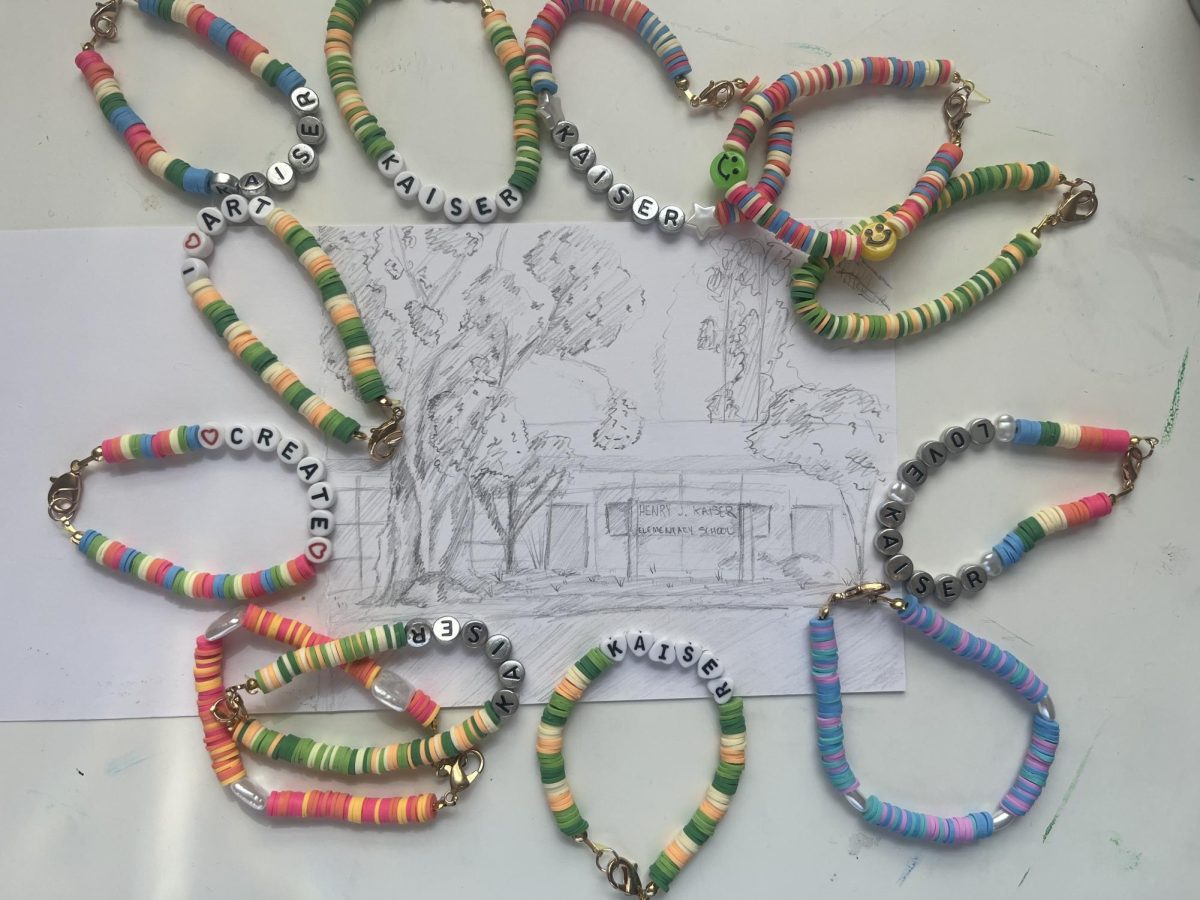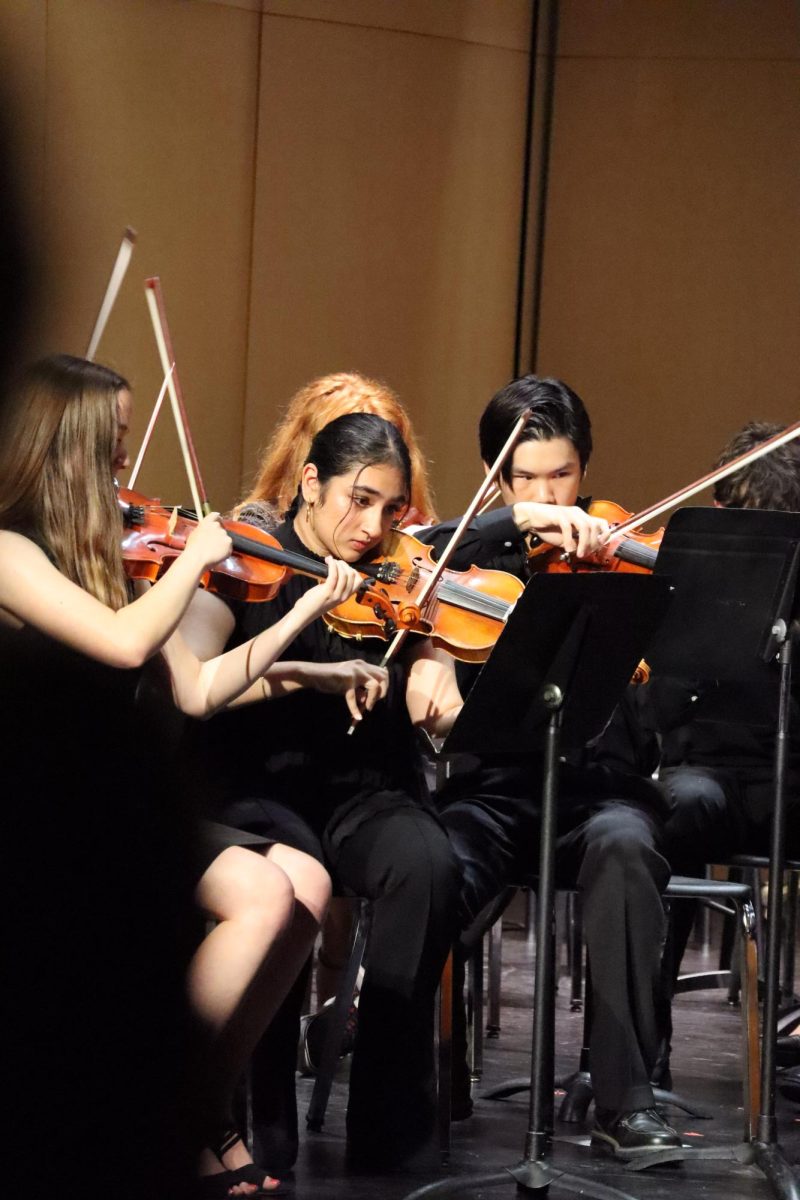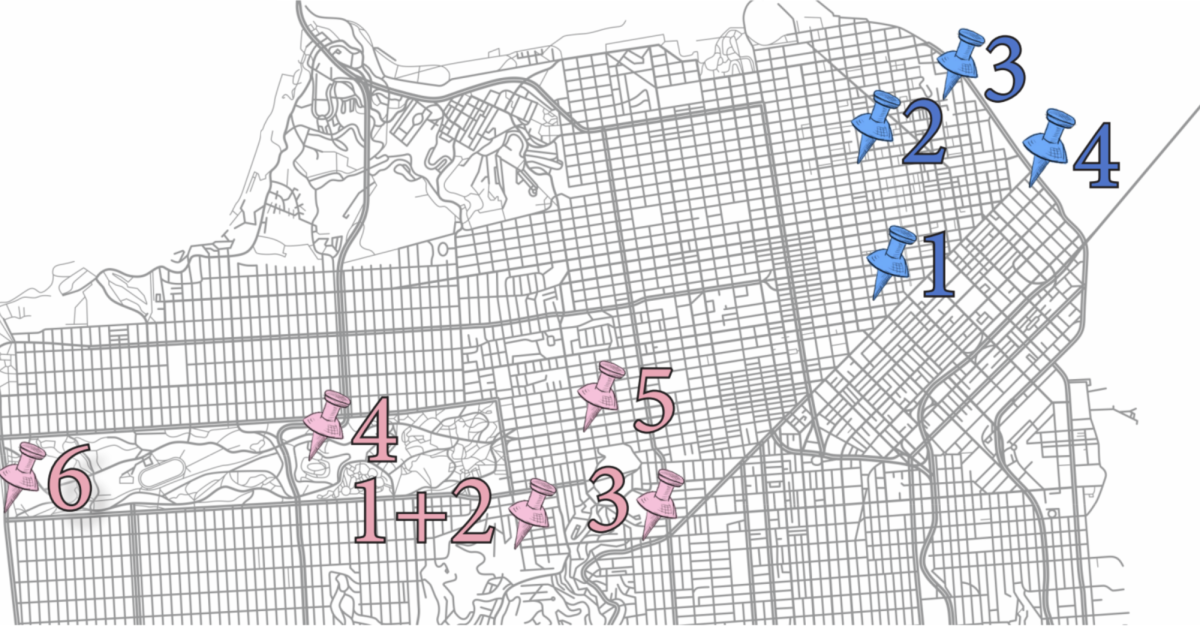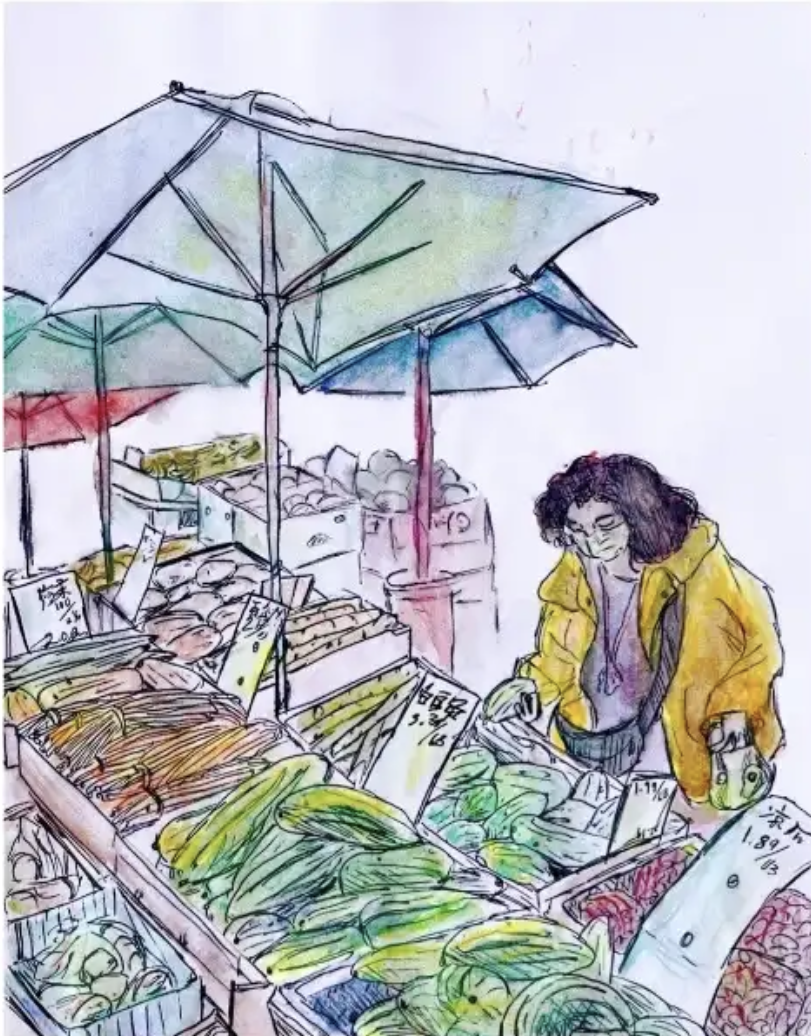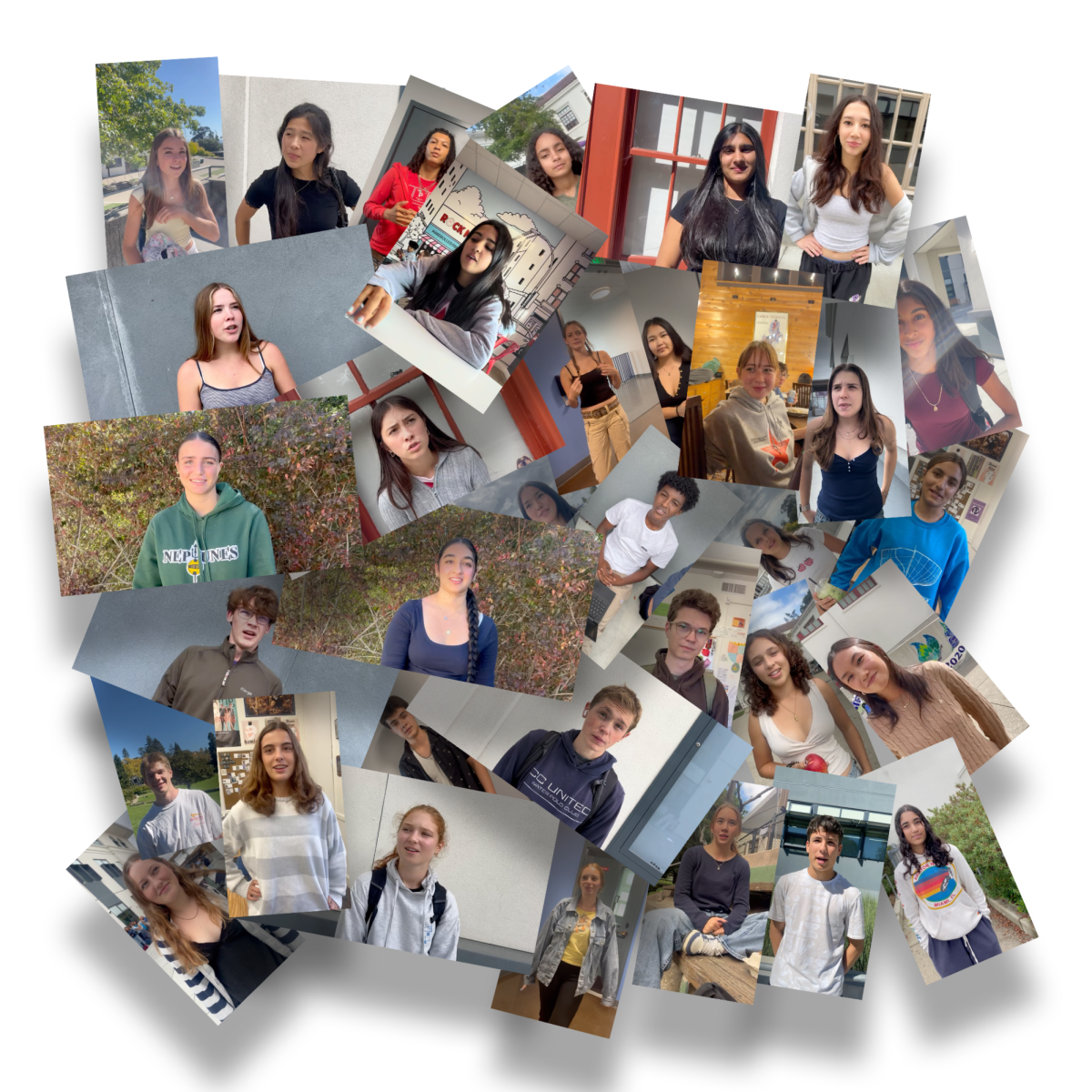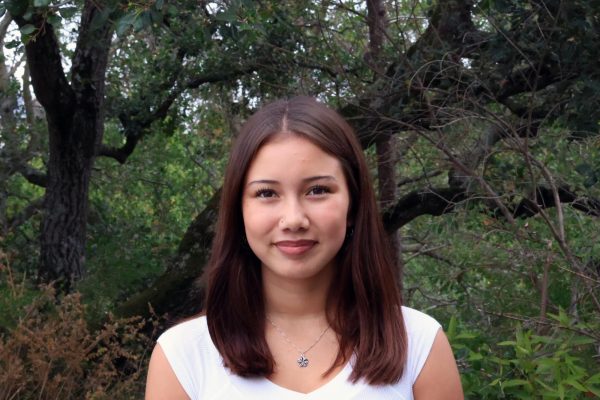AP Art students begin the year with this question: if you could make whatever art you want, what would you make? Through revising and intensely processing their art as the school year goes by, students develop and polish their AP Art portfolios.
“We start the year working on an inquiry question, which is something that interests them that they answer with their artwork,” said Art teacher Gillian Bailey. “It can look different for everyone.”
The inquiries are built on students’ natural interests. This could be a hobby, idea, or social issue they care about, Bailey said.
“My question was, ‘How can I explore the negative and positive aspects of plastic across multiple industries through recycled material in mixed media?’” said former AP Art student and senior Inara Mehta.
Mehta said that each student chooses a question relating to a natural interest and refines it as the year goes on.
“People think the natural interests could be landscapes or portraits, but those are themes,” Bailey said.
Sometimes the inquiries take a month or so to start working on them, because of the thinking and planning that goes into it, Bailey said.
“I started working on it about a month into the school year, because the first couple weeks we were fleshing out our ideas,” Mehta said. “I went through a lot of ideas and thought, what are things there’s a lot to work with?’”
Students process their artwork and revise it for five months, with portfolios due in May, and submissions beginning in February.
“I started out with a piece I thought would be cool to make, and once I made that, it grew into more ideas,” Mehta said. “I did a decent amount of research, especially into statistics. Having those statistics let me weave important numbers and very specific things I learned into my artwork.”
Bailey said that part of the grading for the portfolios is revision, experimentation, process, and synthesis, which is the process students are required to put their art through.
“We did a lot of processing of thinking back to our question and structuring our artwork to fit our question to try to make the best piece possible,” said former AP Art student and senior Chloe Koh.
Every student had to do four pages of planning for each artwork, Mehta said.
“From the research I had previously done, I sketched out the thumbnails which are really small drawings,” Mehta said. “Then, I did artist research, color studies, composition studies, and a big final sketch of my idea.”
The students’ goal for the planning is for someone to be able to look at the work and know exactly how the piece will be made and why, Mehta said.
“Students also have to include a brief description of their artwork and consider why the material adds meaning to the artwork and how you’ve come up with the images,” Bailey said.
Koh said, each students’ description for each artwork is meant to be reflective of the art and the meaning behind it.
“A lot of people did very different portfolios, but it was really cool to see everyone do something of their choice that they care about,” Koh said.
There are three sustain investigation categories for the AP Studio Art portfolios that students submit their artworks to. There is AP Drawing, AP 2D Design, and AP 3D Design. AP Drawing could consist of painting, drawing, and print making, AP 2D Design could consist of photography, painting, drawing, design, or layout. AP 3D Design could consist of sculptures, ceramics, or fashion. Students have to submit 15 images of their sustained investigation.
“I did 2D Art, and I had mixed media because I used recycled plastic in my work so it wasn’t fully drawing, and I painted all of it,” Mehta said.
Bailey said students in AP Art get the opportunity to curate and develop their own artwork throughout the year that reflects themselves and their ideas.

